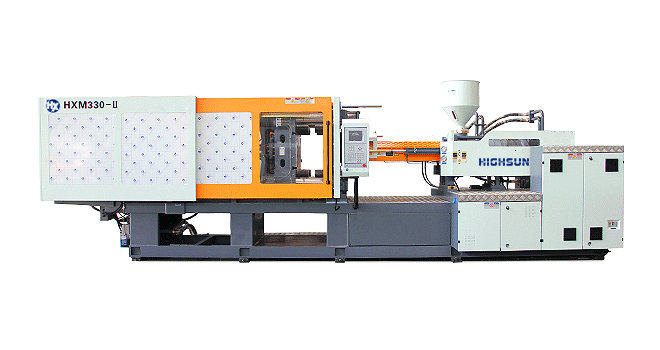Strictly speaking, corrosion and wear are two completely different phenomena. The prerequisite for wear is the existence of forceful action and relative motion. Corrosion is just a chemical reaction. Even if the screw does not rotate, the melt will cause corrosive damage to the surface of the screw. Various components decomposed when plastic is heated, such as chloride, bromine, sulfide, etc., corrode the metal surface, and the loose structure it produces is easily worn away by hard particles. Or conversely, when some soft mass is corroded, the protruding hard particles are very easy to wear another surface, thereby accelerating the wear rate. Corrosive substances also prevent the formation of a polished desalination film, which is originally beneficial to prevent adhesion. Obviously, the main cause of screw damage is the result of the combined effect of corrosion and wear.
Whether corrosion occurs depends on the chemical composition of the screw and barrel, and has nothing to do with its hardness. Of course, materials with both high hardness and corrosion resistance (such as tungsten-based alloy screws are such materials.) are a good screw material, but the cost of these materials often limits their use.
One way to prevent corrosion is to coat a layer of protective material on the surface of the screw barrel. For example, hard chromium plating on the screw is particularly effective in preventing the corrosion of chlorides. The chromium oxide film produced at this time has a greater effect on the corrosion of chlorides. High resistance.

 ENG
ENG  English
English русский
русский Español
Español Português
Português عربى
عربى















 +86-188 6861 6288
+86-188 6861 6288 haixiong@highsun-machinery.com
haixiong@highsun-machinery.com No.36 Yongjiang South Road, Beilun District. Ningbo City, 315800, China
No.36 Yongjiang South Road, Beilun District. Ningbo City, 315800, China